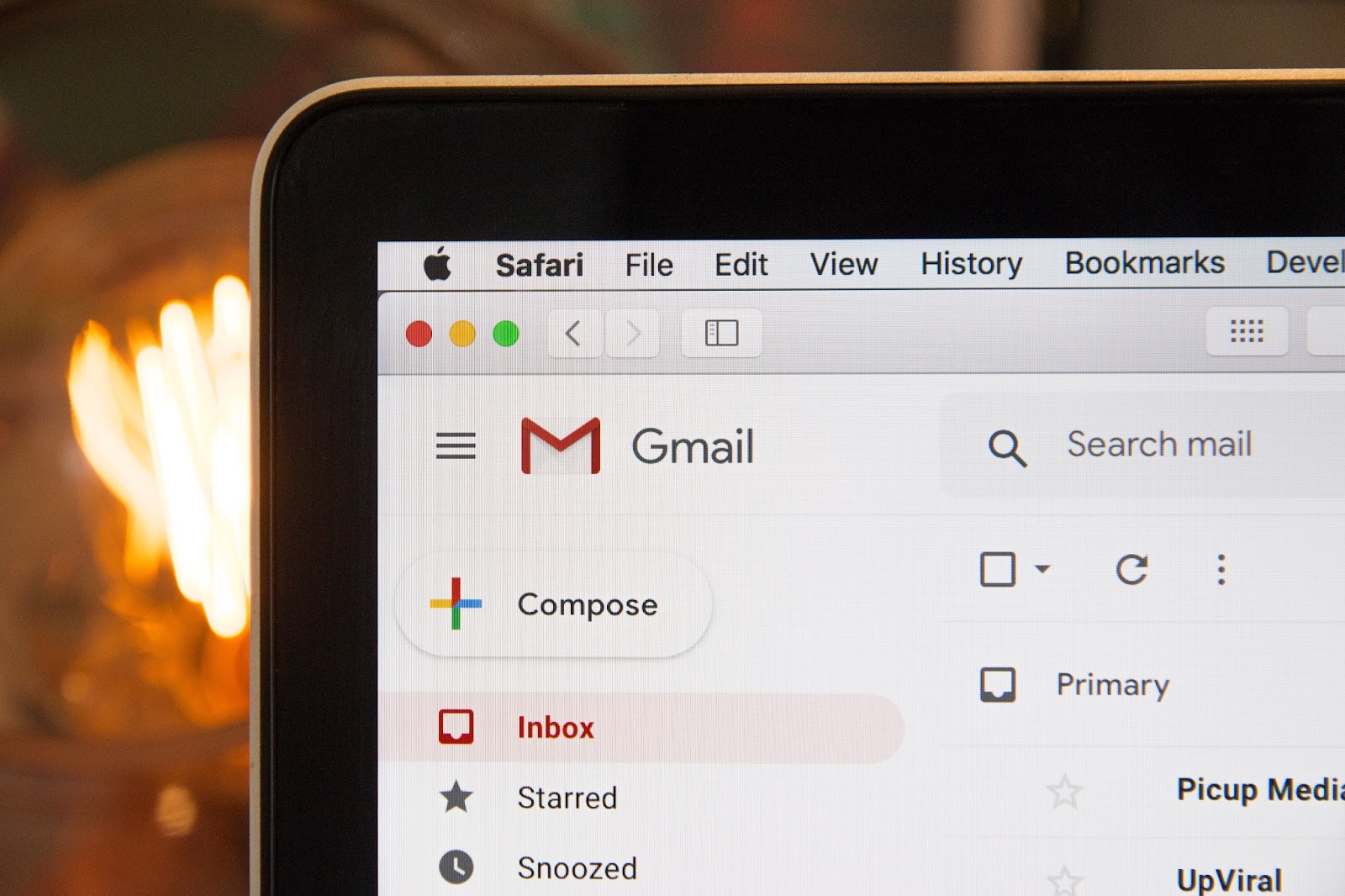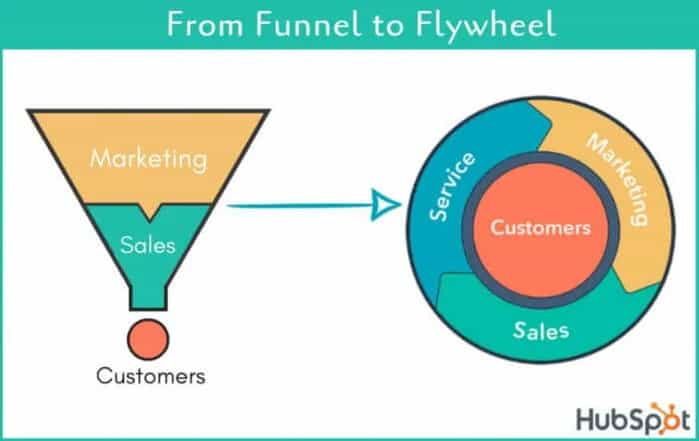-
Digital Marketing
We help you to use your digital potential. For a strong positioning, more visibility and more leads.
Get Growth ready
With the BEE.Transformance model, we bring continuous and profitable growth to your company. A new mindset for your team.
Industries
We transform your challenges into opportunities through the experience we have gained from projects in these industries.
-
HubSpot Services
As a HubSpot Diamond Partner, we help you implement your digital growth strategy with a focus on performance - by implementing and integrating new and existing systems as well as 3rd party apps.
HubSpot Thought Leader
As a HubSpot Diamond Partner with +50 certifications, host of the HubSpot User Group Zurich, HubSpot Trainer and HuSpot User Champions, you have access to in-depth HubSpot expertise.
HubSpot Solutions
The BEE.Theme offers you more creative freedom than any other theme on the market. Whether you're a beginner or a professional, a creative mind or a digital agency - with the BEE theme, you can easily unleash the maximum power for your pages in HubSpot CMS.
-
BEE.Blog
Knowledge around digital marketing, digital sales, technology, data intelligence and employees.
Knowledge Base
Pure knowledge: everything essential concentrated, compact, digitally prepared for you and ready to download.
What is inbound?
The most effective way to successfully combine digital marketing and digital sales.
-
BEE.Team
The BEE.Performers: many different characters - with one thing in common: the fascination for a digital world.
References
More than 100 large and small companies have already started with BEE: to more visibility, more performance, more growth.
Invest
Participate in the growth of BEE and become part of the BEE Growth Story by purchasing Digital Share Tokens.
We're hiring
Become a BEE.Performer! Are you ready for your own transformation?
Demand Generation and Lead Generation: A Guide to Successful Customer Acquisition
Demand Generation and Lead Generation are two terms that are fairly common in any marketer’s vocabulary. When executed correctly, these individual tactics should work like a relay — one passes the baton onto the other, and the finish line is Customer Acquisition.

IMAGE SOURCED FROM CANVA PRO
It’s essential to get one thing right from the start: demand generation is not lead generation. The two are not interchangeable; they have distinct purposes and functions in the customer acquisition processes and should complement each other to help drive sales and grow your business.
In this article, we take some time to define and understand these tactics within the greater context of an inbound marketing strategy.
What is Demand Generation?
Demand generation falls squarely in the Awareness stage of the sales funnel. This is where you’re working hard to generate interest in your products and services among your target audience. Your efforts will focus on building brand visibility and educating your prospects about all the awesome things your goods and services can do. You’re sparking interest, establishing credibility, and letting the world know you’re out there and open for business. For these reasons, any content you utilise during this stage is typically ungated. What does this look like? Here’s a list of typical demand generation activities:
- Content Marketing
- Social media engagement
- Events
- Webinars
- Targeted advertising
The clue is in the name; demand generation is about attracting a broad audience to your offerings and putting your business on your potential buyer’s radar.
What is Lead Generation?
Lead generation (when done correctly) is the process of identifying and capturing potential customers who have expressed interest in your products or services.
Why is there a difference between the folks who have engaged with your brand in the demand generation stage and those who are officially classed as leads? Well, it’s because leads have provided you with contact information, such as names and email addresses — they have shown intent or are likely to be interested in your offerings.
Here are some of the lead generation tactics you’re likely to encounter:
- Landing pages, forms
- Gated content
- Email marketing
- Lead nurturing campaigns
The primary objective of lead generation is to convert interested prospects into qualified leads for further engagement and sales opportunities.
Demand Generation in action
Demand generation casts a wider net, targeting a broader audience to create brand awareness and generate demand. This is where your social media channels act as a potent tool. Use Facebook, Instagram or LinkedIn to start conversations, ask questions and engage your audience.
Demand generation content should address the pain points your buyer personas are like to have and lead them towards your unique solution. You’re building credibility as a legitimate voice in your industry and inviting relationships with prospects who may be willing to make a purchase down the line. At this stage, you’re in it for the long haul, so remember that these relationships are a slow burn, and you shouldn’t attack your audience with sales talk.
The power of storytelling is critical for demand generation. Leverage the success stories from existing customers to create and share video testimonials that validate your products and affirm the positive impact your solution has made.
Lead Generation in action
So, in the demand generation phase, you’ve done plenty of work to drum up interest, get eyes on your offering, and validate your products and services. Now it’s time to tease out your ideal buyers amongst the crowd of onlookers. Who’s actually ready to buy, and who’s the right fit for your business?
Inbound best practice dictates that you should utilise your most valuable content here. You want to incentivise people to give you their contact details by offering something that’s going to be genuinely useful to them. This is where things like ebooks, whitepapers or exclusive video content come into play.
In essence, lead generation is where you convert the demand you’ve created into paying customers. To do this, you must capture the necessary details to personally contact and nurture the individuals who have expressed interest and intent to buy.
At this stage, your sales and marketing teams have to be closely aligned to ensure that the tactics you employ are effectively personalised and that the content, email nurtures, and retargeting ads you send out continue to have an impact. It’s essential to have a customer-centric website with plenty of thought put into user experience (UX), and last but not least, you need a robust customer relationship management (CRM) system to help you capture these leads and automate the nurturing process so that you don’t let any opportunities slip through the cracks.
Lead Generation vs. Demand Generation: Which one is more important for your business?
By now, you should have picked up that demand generation and lead generation don’t function in isolation. You can invest a lot of money in demand generation, but if you haven’t set up the systems and processes necessary for lead capture, you’re not going to have great success in actually selling your products and services. Or, your phone may start ringing off the hook — but are all those leads useful? The lead generation part of your inbound strategy is where your audience is refined and distilled down to the best of the best; the people with whom your sales team can have meaningful conversations and turn into happy, paying customers.
Depending on whether you’re a B2B or a B2C, there will be a carefully applied formula when building your sales pipeline to ensure that your sales and marketing budget is effectively allocated to both demand and lead generating activities. This is where you stand to gain a lot by working with an experienced inbound specialist like us. We’ve carved out multi-pronged inbound strategies for businesses across many different industries. Whether your goal is to have more appointment bookings or you’d like to see greater website traffic driven through organic and paid media, we can help your business accelerate growth today. Discover how we can help you with demand and lead generation here.
Comment
Related Posts

Generate More MQLs and SQLs for Your Sales Team with Outbound Campaigns
Ben Klein | 22 Jun 2023
In the thrilling game of business, one thing has become increasingly clear: no matter what venture you're pursuing, nurturing a solid pipeline of marketing qualified ...
reading time: 9min
Zum Blog

How to Optimise Your Subject Line to Generate More Conversions
Pascal Bänninger | 24 Aug 2023
Sometimes, a subject line is the only chance you get to make an impression. Over 347 billion emails are exchanged every day, competing for a spot in crowded inboxes. ...
reading time: 9min
Zum Blog

Sales Funnel or Flywheel? How To Generate More Inbound Leads
Lanny Heiz | 15 Jul 2021
Most marketing and sales professionals are familiar with the sales funnel. Essentially, it's the journey a customer takes as they become more and more aware of your ...
reading time: 7min
Zum Blog
